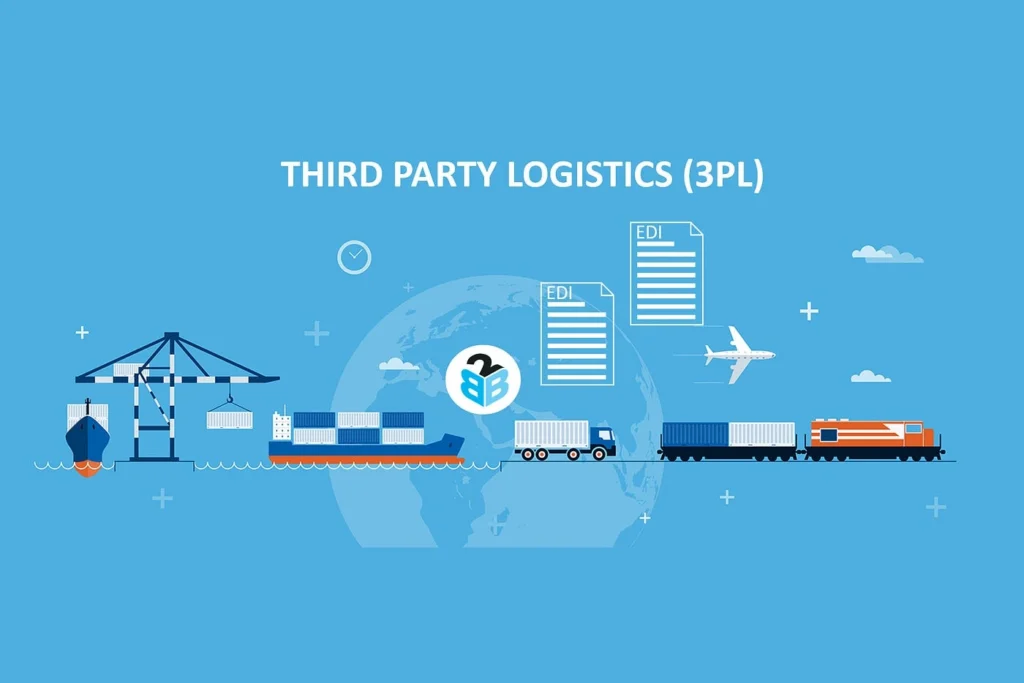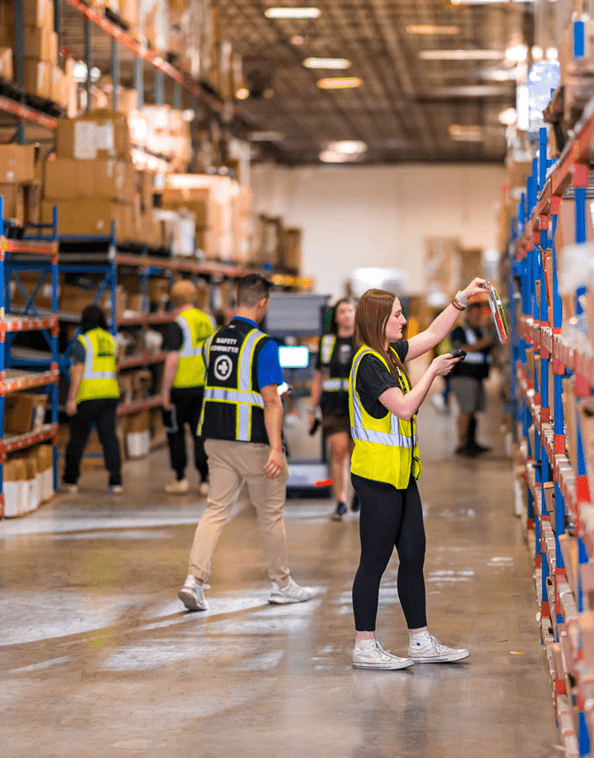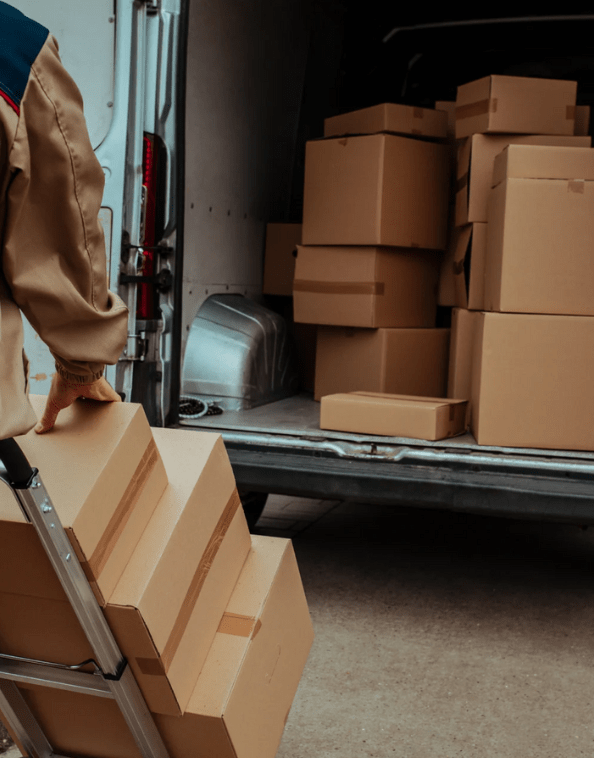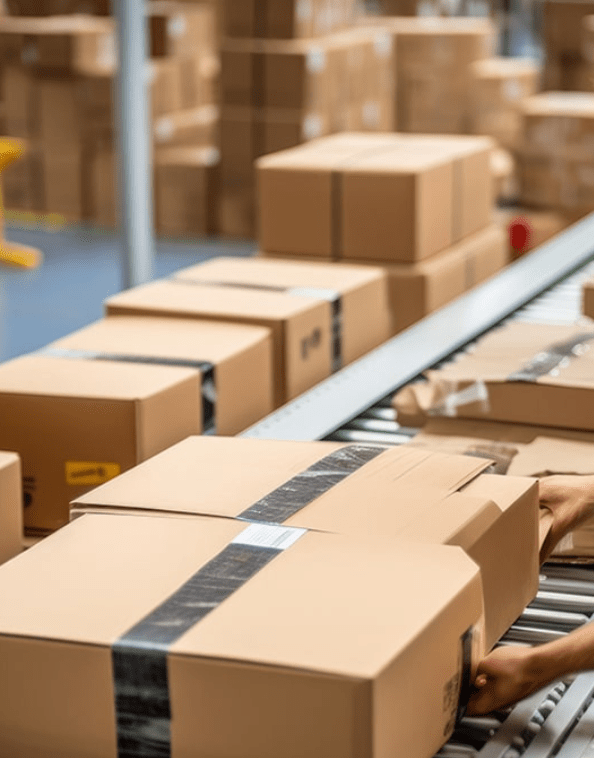What is 3PL?
3PL
Third-party logistics (3PL) is the outsourcing of eCommerce logistics, including inventory management, warehousing, and order fulfillment. A 3PL provider helps businesses streamline supply chain operations, reduce shipping costs, and improve delivery speed by leveraging advanced technology and a network of fulfillment centers. This allows eCommerce brands to scale efficiently without managing logistics in-house.

A third-party logistics (3PL) provider is a fulfillment and logistics partner that helps ecommerce and other businesses store, manage, and move products for sale. This article covers everything you need to know about 3PLs, from their core services to how they streamline supply chain operations and the way fulfillment centers function.
What Does a 3PL Do?
3PLs specialize in a range of logistics services, including:
Inventory management
Warehouse storage
Order fulfillment
Returns processing
Transportation and shipping
These providers are often referred to by other names, such as fulfillment companies, fulfillment warehouses, or fulfillment centers. While not all 3PLs offer the same services, their primary goal is to optimize fulfillment and warehousing to improve supply chain efficiency.
Why Work With a 3PL?
For ecommerce businesses, partnering with a 3PL like FulfillMe reduces the operational burden of managing inventory and logistics. Outsourcing these functions allows companies to focus on scaling their business, expanding their customer base, and launching new product lines.
Additionally, some businesses may choose to work with a fourth-party logistics (4PL) provider, which serves as a consultant and manager to oversee and optimize logistics operations, often managing multiple 3PLs on behalf of a client.
Understanding 3PL Logistics and Services
Third-party logistics refers to the comprehensive set of services a 3PL offers, including warehousing, inventory management, and order fulfillment. These providers may also assist with freight forwarding, which involves coordinating the transportation of goods to maximize efficiency and cost savings.
Key 3PL Services:
Warehousing: Storing products in strategically located fulfillment centers.
Inventory Management: Tracking stock levels and optimizing storage.
Picking and Packing: Preparing orders for shipment.
Shipping & Receiving: Handling inbound and outbound logistics.
Freight Services: Offering full truckload (FTL) and less than truckload (LTL) options.
Kitting: Assembling multiple items into a single package.
Reverse Logistics: Managing returns and refurbishments.
Some 3PLs, including FulfillMe, specialize in niche fulfillment services, such as:
Cold Chain Logistics: Managing temperature-sensitive products.
Hazardous Material Storage: Ensuring compliance for regulated goods.
Oversized Item Handling: Efficiently shipping large or bulky products.
How 3PL Warehouses Operate
A third party logistics provider like FulfillMe owns or leases warehouses equipped with shelving, forklifts, and automation technology. These facilities are managed by trained warehouse staff who oversee inventory intake, order fulfillment, and shipping logistics.
Warehouse Management Systems (WMS):
Advanced software solutions integrate with ecommerce platforms such as Shopify, WooCommerce, and Magento, ensuring real-time inventory visibility and order tracking. A robust IT infrastructure allows businesses to seamlessly manage omnichannel fulfillment.
The Fulfillment Process:
Receiving Inventory: Verifying incoming shipments against packing lists and inspecting for damage.
Storage: Placing goods in designated warehouse locations for efficient retrieval.
Order Processing: Picking products, packing orders, and preparing shipments.
Shipping: Handing off parcels to carriers for final delivery.
Freight and Shipping Optimization
3PLs offer various shipping solutions, including:
FTL (Full Truckload): Cost-effective for large shipments.
LTL (Less Than Truckload): Ideal for smaller, flexible shipments.
Residential LTL: Specialized delivery for oversized consumer goods.
A 3PL can also act as a freight broker, securing competitive shipping rates and ensuring the correct service level for each shipment.
The Role of Reverse Logistics
Returns management is a critical component of ecommerce fulfillment. A third party logistics provider assesses returned items for resale potential, mitigating losses while ensuring efficient restocking. Reducing fulfillment errors and damages can also help lower return rates and improve customer satisfaction.
3PL vs. Drop Shipping
Some businesses opt for drop shipping instead of third party logistics fulfillment. In a drop shipping model, the retailer does not hold inventory but instead transfers customer orders directly to a supplier who fulfills the order.
Pros of Drop Shipping:
Low upfront investment
No inventory carrying costs
Reduced financial risk
Cons of Drop Shipping:
Lower profit margins
Longer shipping times
Less control over inventory and fulfillment
By contrast, a 3PL like FulfillMe offers greater control over inventory, faster shipping, and a more scalable fulfillment model.
Conclusion
Choosing the right 3PL can significantly enhance supply chain efficiency and customer satisfaction. Whether you require warehousing, specialized fulfillment, or integrated freight solutions, a trusted logistics partner like FulfillMe can help optimize your operations and support business growth.



